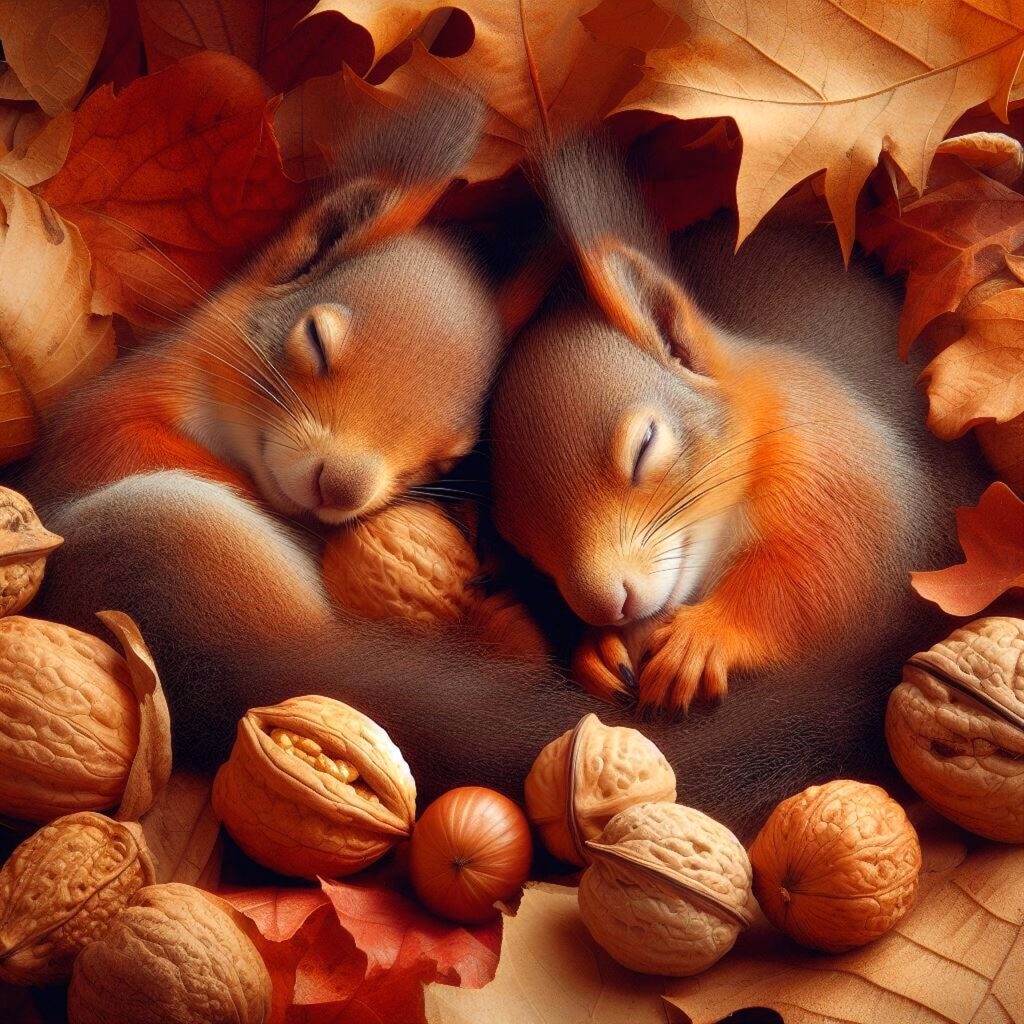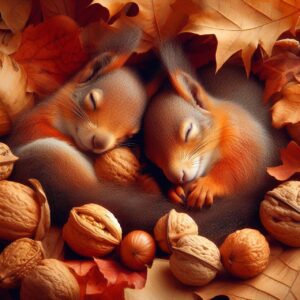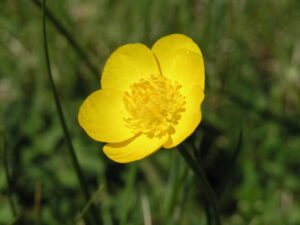When we think of animals during winter, the image that comes to mind is probably hibernating animals. A cosy family curled up in a burrow or bears in a cave peacefully slumbering through until the soft warmth of spring encourages them to emerge.
What is hibernation?
Hibernation is a way for many creatures, from  to
to 
to survive cold, dark winters without having to forage for food or migrate to warmer climates.
Instead, they turn down their metabolisms to save energy. How impressive is that!
Hibernation is much more than simply sleeping, though. Depending on the species, it can vary from long, deep unconsciousness to light spells of inactivity.
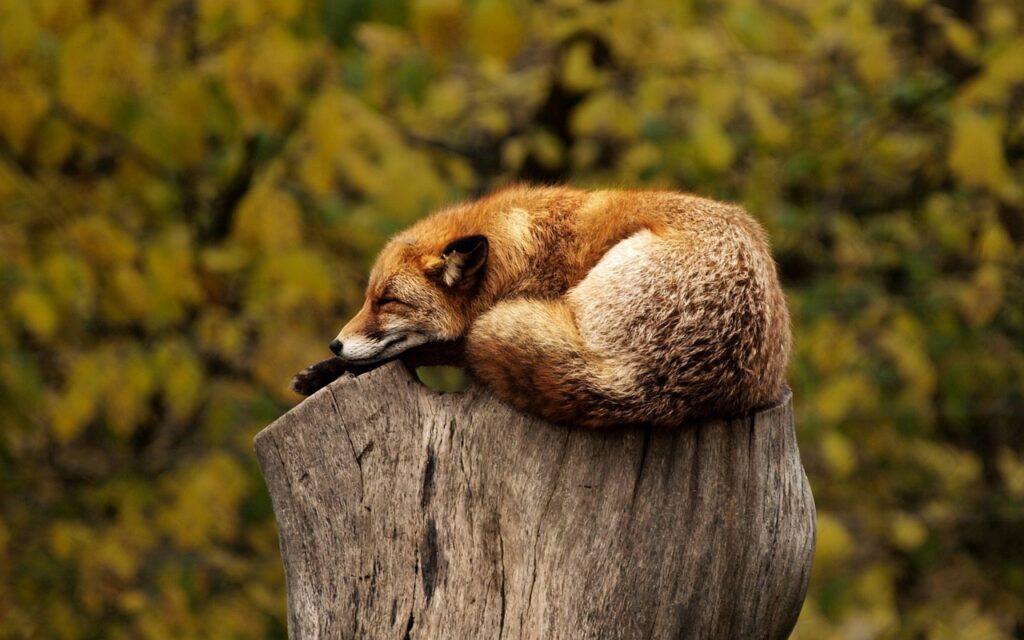
Fun fact: There are only three types of animals in Britain that are true hibernators:
Dormice, hedgehogs and bats. (Always check your compost and brush heaps at the end of the garden before lighting any bonfires this time of year, as our mice and hedgehog friends find these super cosy to sleep in.)
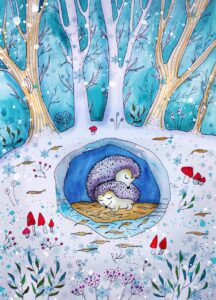
Do reptiles and amphibians hibernate?
In the UK, frogs, toads, and newts all change their behaviour when the frosts start.
They retreat to secluded spots on land, away from direct exposure to the elements – under logs or piles of stones or simply a hole in the ground.
On occasion, toads, newts, lizards and even snakes will all gravitate to the same hollow, former enemies entering into a sleepy truce. 😊
How can I help?
Here is a handy guide for how you can help tuck up some of our wildlife friends and keep them warm and cosy for winter.
Bees
Create leaf and log piles for bees to shelter in. Avoid disturbing these spots throughout winter.
Have plants in your garden that offer winter nectar – e.g mahonia, hellebores and Lonicera fragrantissima.
Locate any bee or bug houses in a sheltered, frost-free spot.
Birds
Provide bird food with high-fat content, like suet fat snax, to support migrating birds.
Continue to offer high-fat content feed throughout winter to give extra energy to remaining birds, along with fresh water daily.
Put up a nest box for added winter shelter.
Butterflies
Grow Ivy or have potential hollows for butterflies to overwinter in.
Be on the lookout for Small Tortoiseshell or Peacock butterflies disturbed in your home and move them to somewhere quieter and cooler if needed.
Frogs and Toads
If you have a pond, inspect regularly through winter to ensure no frogs are swimming below the ice; if so, break a hole to increase oxygen levels.
Consider purchasing a special frog/toad home for them to hibernate in.
Hedgehogs
Leave a rough patch in your garden with piles of leaves and logs from October onwards where hedgehogs can hibernate or purchase a hedgehog house.
Avoid late autumn/winter tidying of any potential hibernation spots so as not to disturb hedgehogs.
Leave a ready supply of hedgehog food in the autumn to help build fat reserves. Continue to offer some food through the winter months when they are occasionally on the move.
Written by Faye McGregor.
